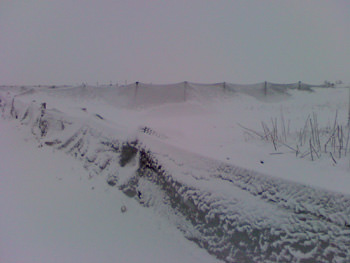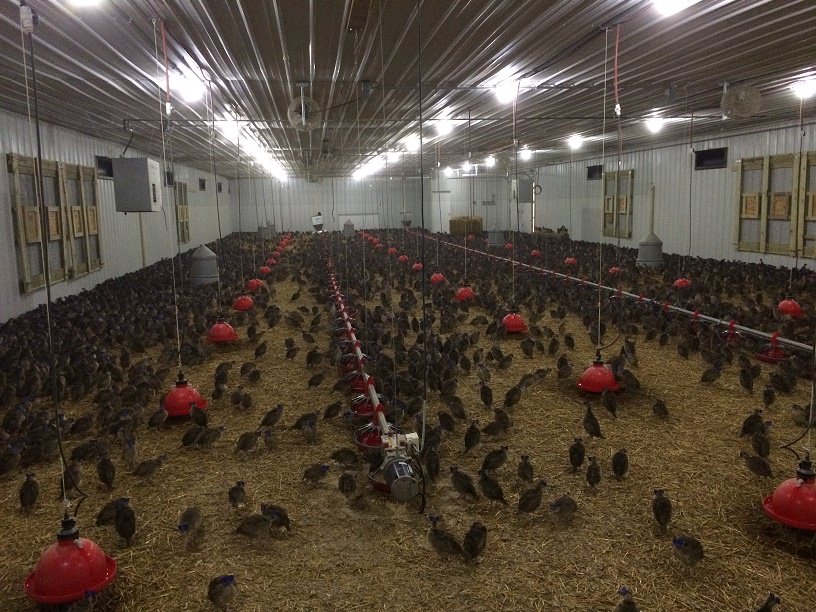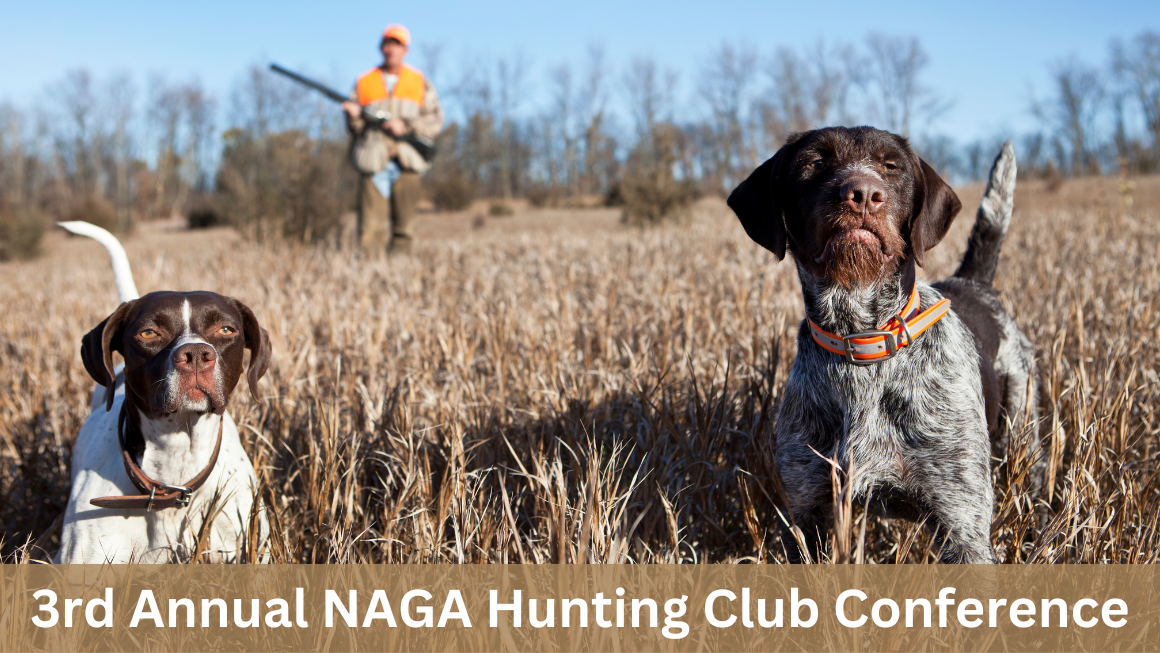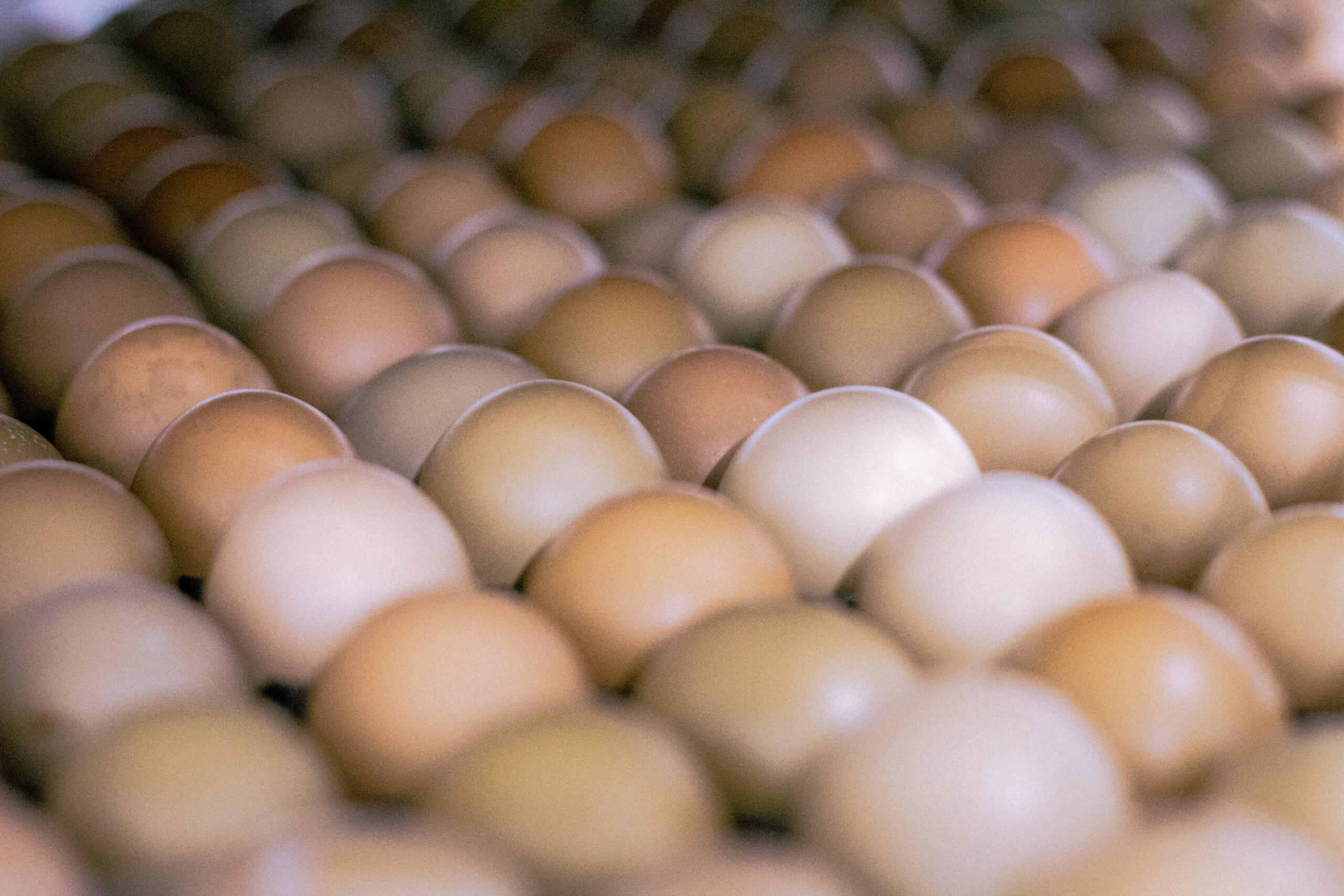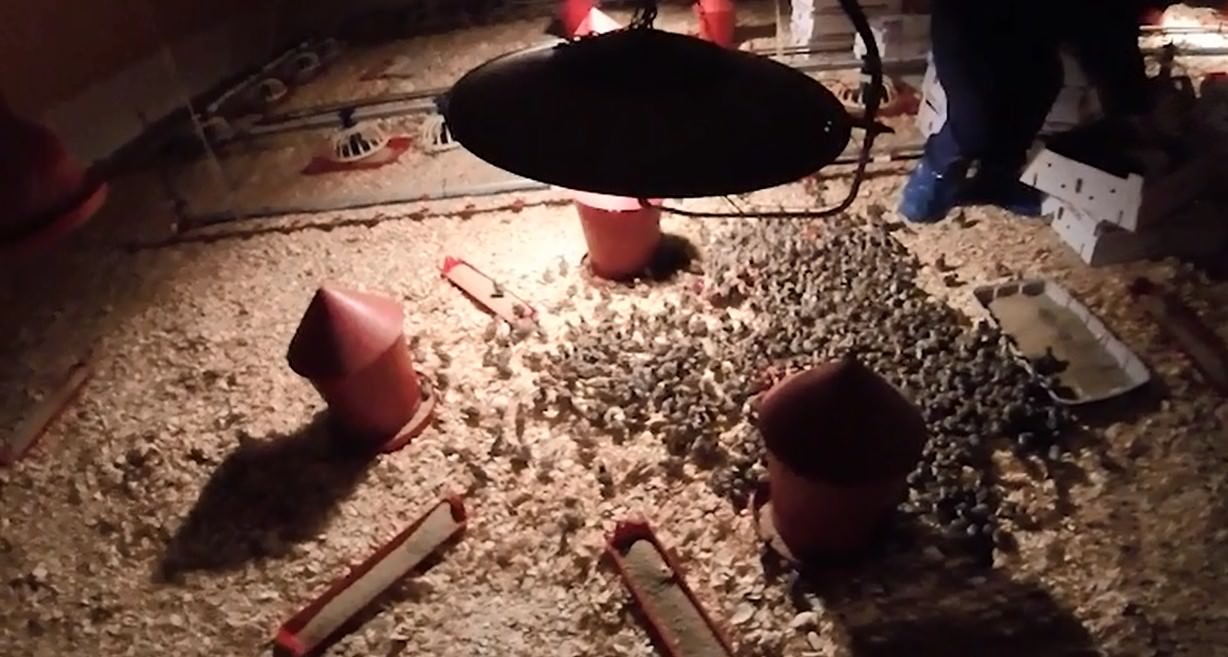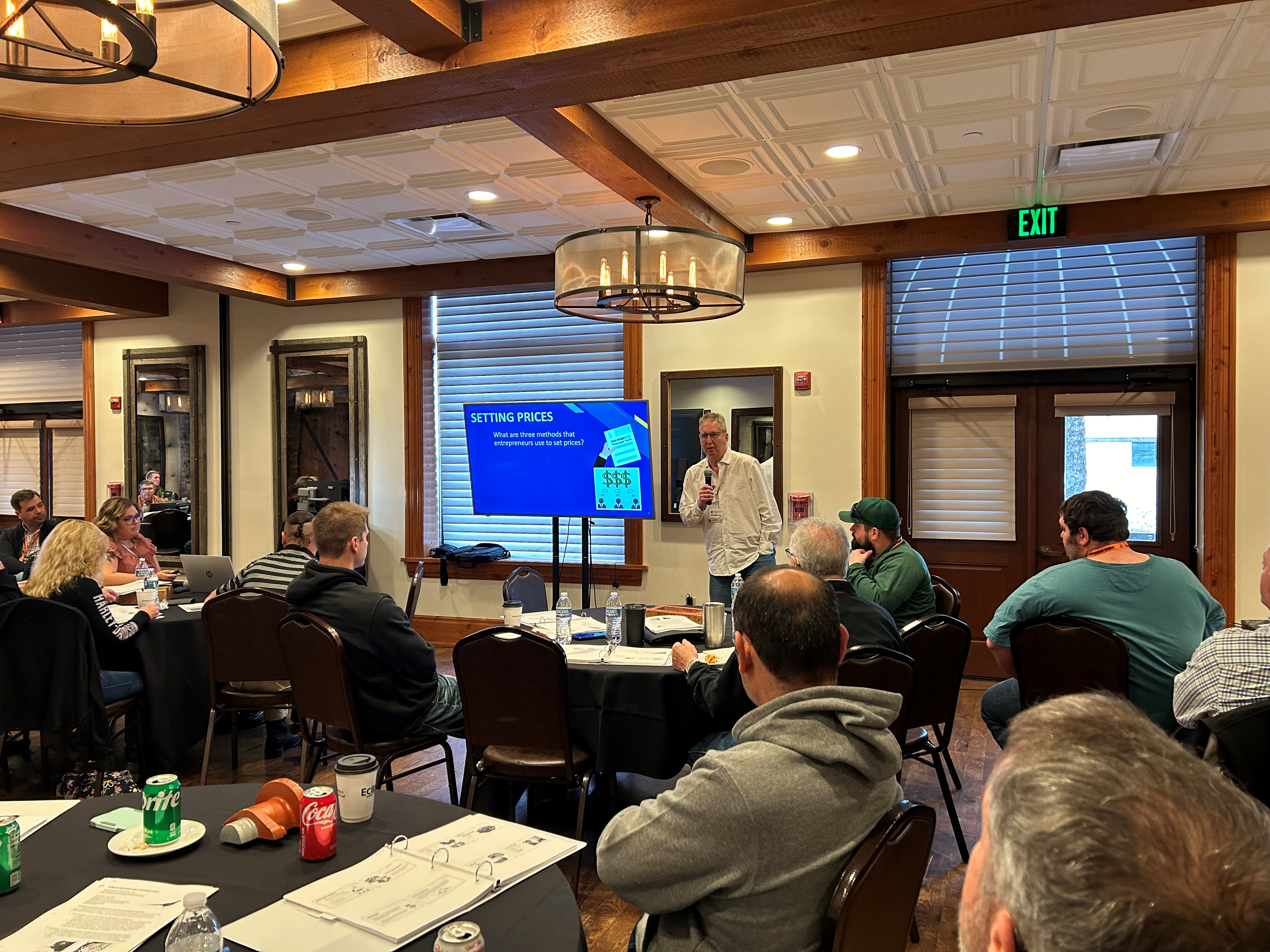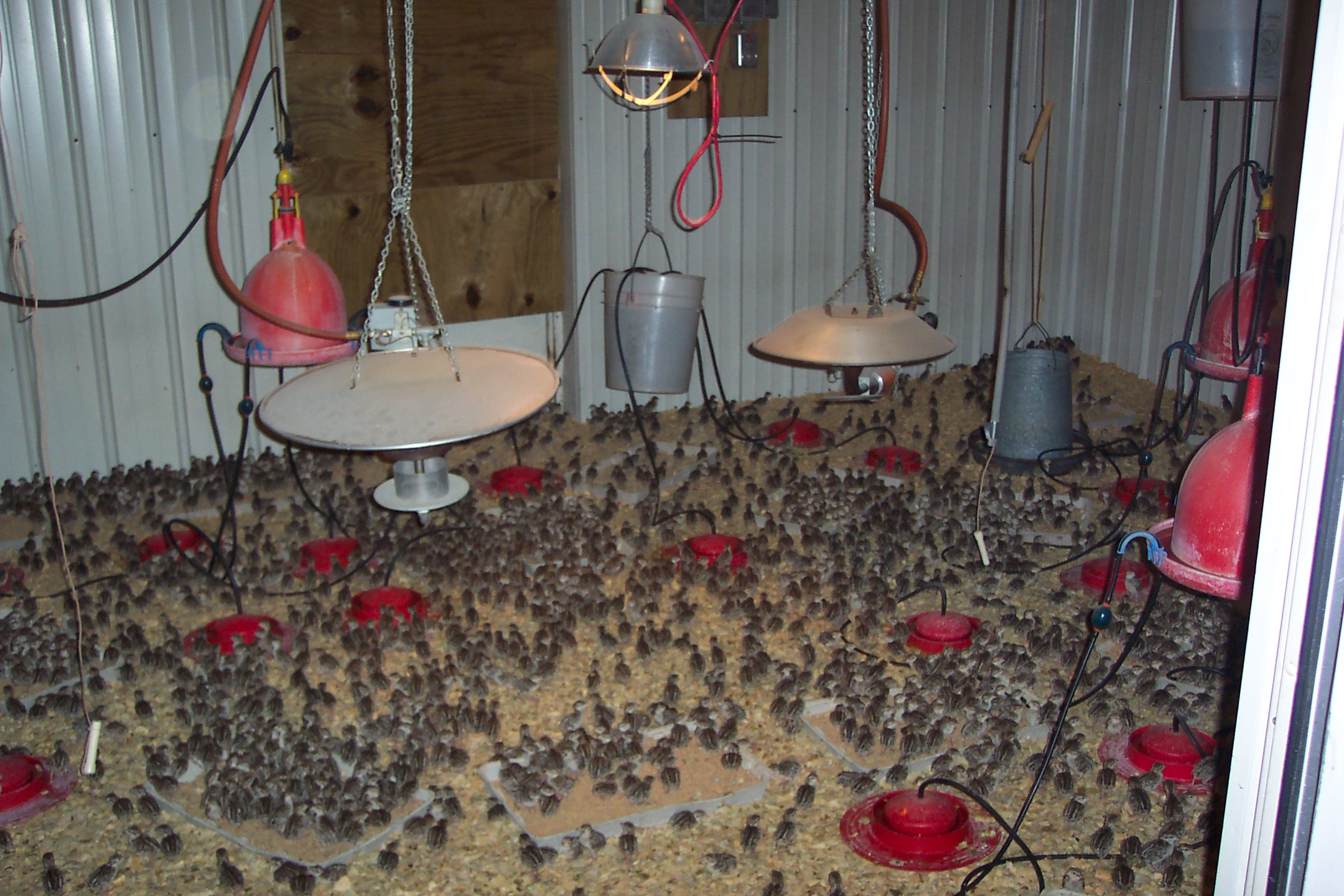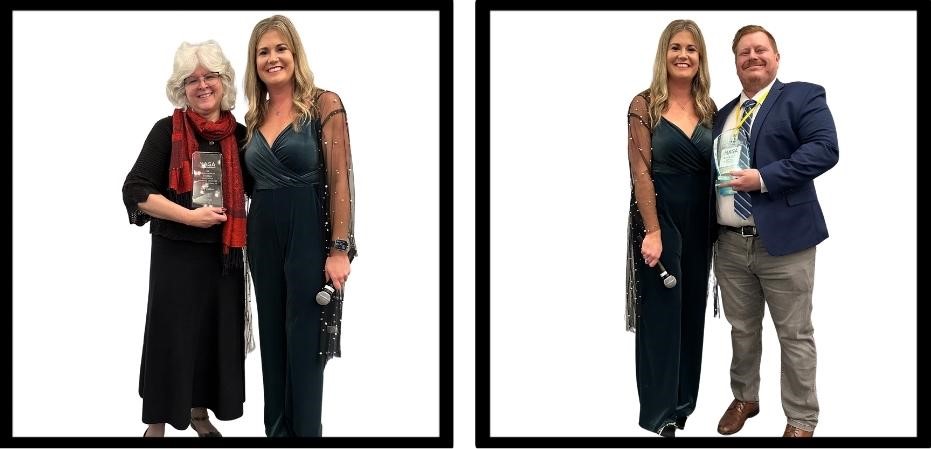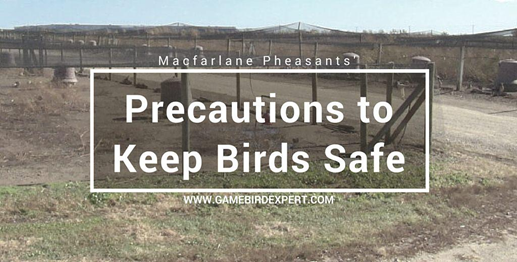MacFarlane Pheasants Funds MC Research
Three species of Mycoplasma can cause diseases in birds: M. gallisepticum (MG), M. melleagridis (MM), and M. synoviae (MS). A fourth species, M. iowae, often considered an avian pathogen, is associated with embryonic mortality and lowered hatchability but not with clinical diseases.
Mycoplasmae are respiratory agents and can be isolated from the respiratory system of infected birds. Mycoplasmae also cause infections of the reproductive system and transfer into the eggs during the development of the egg. This means that parents infected with Mycoplasma produce chicks infected with Mycoplasma. This is a universally accepted general feature of all pathogenic Mycoplasma species.
Bill MacFarlane, owner, MacFarlane Pheasants, Inc., first recognized that an unknown disease was causing financial losses in the game bird industry. With his financial support, in 1995 and 1996, we accumulated evidence that Mycoplasma cloacale (MC), a known species not considered an avian pathogen, was responsible for the disease that was affecting pheasants, Hungarian partridge, and Chukar partridge.
Clinically the disease caused by M. cloacale is indistinguishable from the disease caused by MG. Because our work on M. cloacale remains unpublished and unpublicized, MC is still considered a species unable to produce disease in birds. Consequently, no specific diagnostic method exists for this disease. Serum samples from birds infected with M. cloacale may produce a low level positive reaction with MG antigen in a plate test, which may mislead a diagnostician into thinking that the problem is MG. Thus, diagnosing this disease is not simple. MC must first be isolated from the diseased flock. The diseased flocks also must be negative for the other pathogenic Mycoplasma species. Once the disease agent is identified, the isolate is submitted to an autogenous vaccine manufacturing company for bacterin production.
The vaccination program consists of two injections four weeks apart with the second vaccination four weeks before the first egg. The vaccination decreases transmission of Mycoplasma into the egg. Attempts to isolate Mycoplasma from vaccinated birds, eggs from vaccinated birds, and progeny from the vaccinated birds typically fail indicating a sufficiently high level of protection even when serologic tests do not indicate it. This means vaccinated breeders are unlikely to transmit infections to the egg and progeny. Thus, purchasing chicks from vaccinated breeders is a wise measure if attempting to prevent introduction of this disease onto a premises. MacFarlane Pheasants, Inc has used vaccination as a part of their disease control program since 1995.
Vaccination with autogenous bacterin is a very effective aid in the control of MC. Vaccinated flocks exhibit dramatic improvement in disease situations. However, protection produced by the vaccination is species specific. This means that MC bacterin only controls MC. If a flock is infected with MG, then MG bacterin must be used. If uncertainty exists as to which species is affecting the flock, an experimental vaccination may be tried using one of the commercially available MG bacterins. If the vaccination with MG bacterin does not produce any improvement, consider an MC autogenous bacterin.
MacFarlane Pheasants, Inc., with our assistance, developed a bacterin and vaccination program that proved effective in controlling this disease. We know now that this disease is present in seven states and it is probable that it is quite widespread in the United States. The amount of bird exchange amongst game bird farms is great and this practice is perfect for disease transmission.
The major objective of the disease control program we developed for MacFarlane Pheasant, Inc. is to maintain high levels of egg production, fertility, hatchability, and chick quality. Although the use of the autogenous bacterin has been very helpful, it is only one of the tools in the disease control program. The total program consists of a combination of biosecurity, vaccination, treatment with antibiotics, and employment of good management practices. Individually, none of these measures is capable of meeting such commendable goals. The program used at MacFarlane Pheasants, Inc. is very effective in minimizing the effects of disease on production and in preserving chick quality.
Bill MacFarlane funded all the work on MC over the past ten years and if it were not for him, MC infection would still erroneously be considered an MG infection. The vitality of this industry depends on the people who are able to recognize a problem and do not hesitate to show their vision and leadership to resolve it.
Related Posts
Preparing Our Barns & Pens Each Spring
Read Post
Join Us at the 3rd Annual NAGA Hunting Club Conference!
Read Post
Incubation of Pheasant Eggs
Read Post
Interpreting Water Results
Read Post
The 14th Biennial Pheasant Management Seminar-March 3-6, 2024
Read Post
How We Prepare For Brooding Our Chicks
Read Post
The North American Gamebird Association (NAGA) Conference 2024
Read Post
Best Practices For Keeping Game Birds Safe At MacFarlane Pheasants
Read Post
Take Advantage of These Free Resources
As the biggest game bird farm in the United States, we want to share our experience with you. Download our free resources below and get started.


